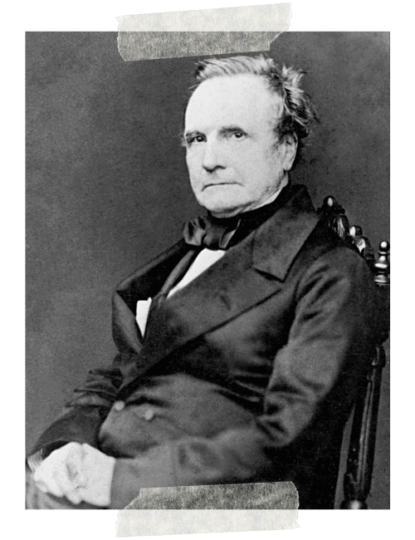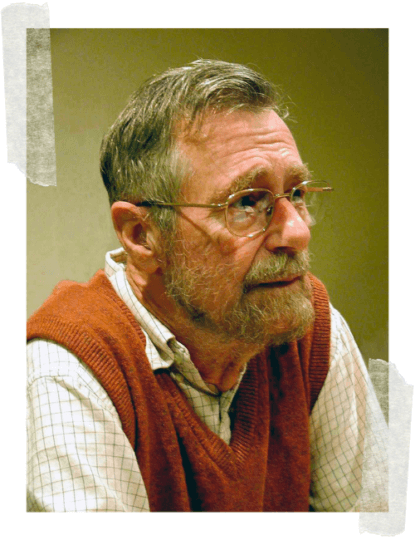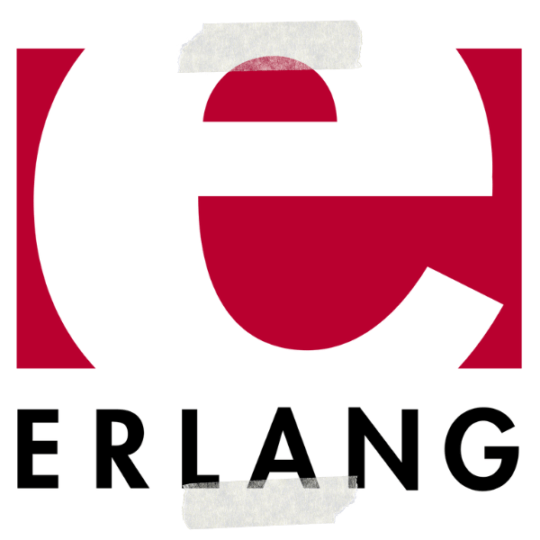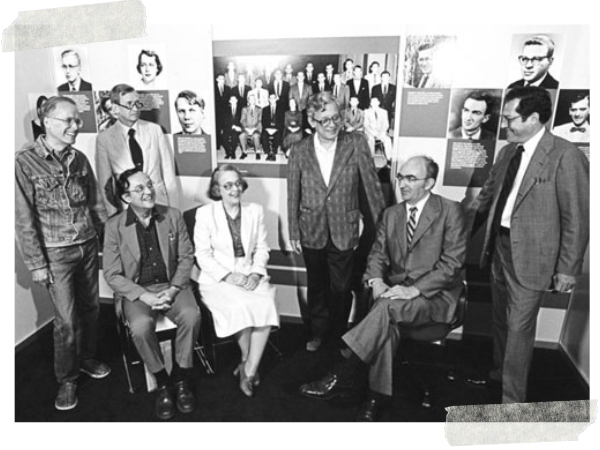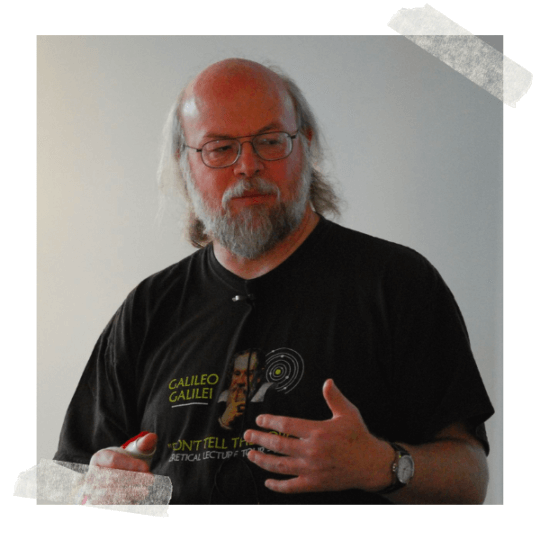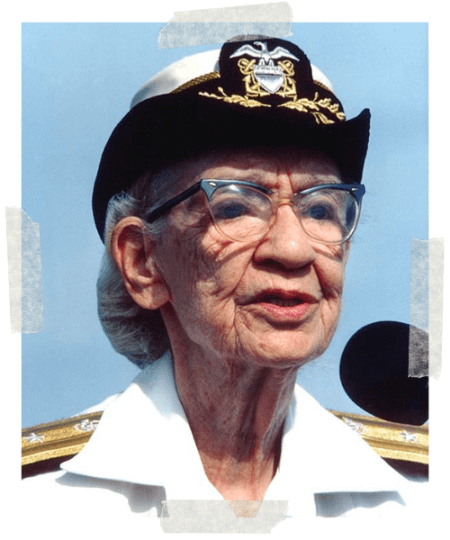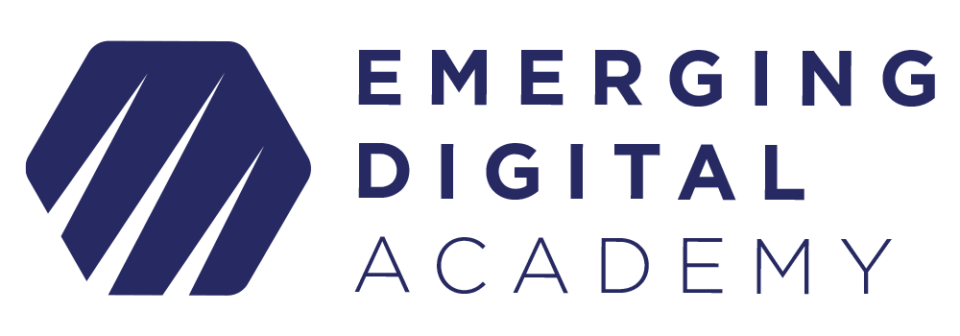It’s time to acknowledge the elephant in the room. We’ve run into a bit of a sticky situation here at the Emerging Digital Academy headquarters (AKA: the Prairie Den), and we think it’s time to address it. Time and time again, we’re asked…
“Is the Gosling cohort named after Hollywood heartthrob Ryan Gosling?”
Today, we’ve decided to clear the air around the mystery of the Emerging Digital Academy cohort names. From our first-ever graduating class, the Ada cohort, to our newest addition, the Iwatani cohort – we’ve got the reasoning and history behind them all. Buckle up and get ready to talk about the top pioneers of the technology stratosphere.
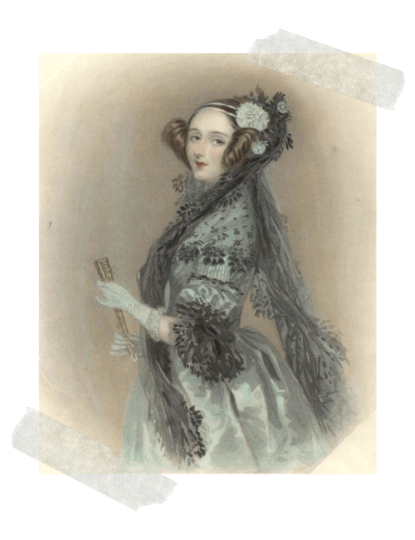 2020: The Ada Cohort
2020: The Ada Cohort
The Ada cohort was named after Ada Lovelace, who is known in history as the first computer programmer. After introduced to the famous mathematician Charles Babbage, she translated and revised an article about his Analytical Engine that changed the trajectory of technology forever. According to FindingAda.com, “this final article (was) over three times the length of the original and (contained) several early ‘computer programs,’ as well as strikingly prescient observations on the potential uses of the machine, including the manipulation of symbols and creation of music”. Ada’s articles later inspired Alan Turing’s work on his computers in the 1940s.
2020: The Babbage Cohort
The Babbage cohort was named after – you guessed it – Charles Babbage. Charles Babbage was an English mathematician that is widely known as the “Father of the Computer”. He designed and technically invented the first computer… but never built them. ComputerHistory.org reports that “the first complete Babbage Engine was completed in London in 2002, 153 years after it was designed” and that the “Difference Engine No. 2, built faithfully to the original drawings, consists of 8,000 parts, weighs five tons, and measures 11 feet long”. Towards the end of his life, Babbage wrote a note encouraging future engineers to build his engine and bring his project to life.
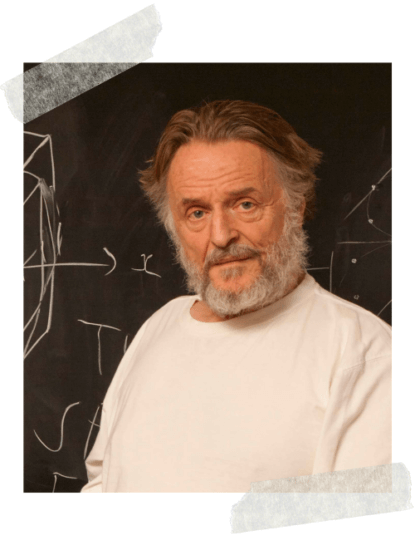 2021: The Conway Cohort
2021: The Conway Cohort
The Conway cohort was named after John Horton Conway, an English mathematician and researcher. While Conway made numerous contributions to the theories of mathematic recreational games, he is most well known for creating a cellular automation called “Conway’s Game of Life”. According to Compadre.org, “the universe of the Game of Life is an infinite two-dimensional orthogonal grid of square cells, each of which is in one of two possible states, live or dead”. If you click on the source link, you can actually play the Game of Life – though, technically, it needs zero human intervention.
2021: The Dijkstra Cohort
The Dijkstra cohort was named after Edsger W. Dijkstra. Dijkstra was a Dutch computer scientist that is famously known for creating Dijkstra’s Algorithm: an algorithm that finds the shortest path between any two nodes of a graph. While Dijkstra was known for his intelligence and knowledge in programming languages, he was also know for his wit and humor. You may have famously heard the quote: “The question of whether computers can think is like the question of whether submarines can swim” (Amturing.ACM.org). Yes, that was Edsger W. Dijkstra!
2021: The Erlang Cohort
The Erlang cohort was the first cohort not named after a person – it was named after a programming language! Erlang.org states: “Erlang is a programming language used to build massively scalable soft real-time systems with requirements on high availability. Some of its uses are in telecoms, banking, e-commerce, computer telephony and instant messaging”. For any non-coders reading this, just know that Amazon, Facebook (Meta), Yahoo!, and many cellular companies use Erlang in their systems!
2021-2022: The Fortran Cohort
The Fortran cohort was also named after a programming language. Derived from FORmula TRANslator, the Fortran programming language was created in 1954 by a diverse group of young men and women looking to broaden and simplify the computer for its main users back then: scientists and mathematicians. Fortran proved to be so essential that some claimed “95 percent of the people who programmed in the early years would never have done it without Fortran” (IBM.com).
2022: The Gosling Cohort
The Gosling cohort was named after a very important Canadian computer scientist: James Gosling, the founder of Java (not to be confused with JavaScript). According to Programiz.com, Java can be “used to develop desktop and mobile applications, big data processing, embedded systems, and so on. According to Oracle, the company that owns Java, Java runs on 3 billion devices worldwide, which makes Java one of the most popular programming languages”. Unfortunately, Ryan Gosling has nothing to do with this cohort… but maybe we can swing it for the “R” cohort?
2022: The Hopper Cohort
The Hopper cohort was named after Grace Hopper, American computer scientist and naval officer. Hopper has many many accolades under her belt, but she’s most well known for developing A-0, the first computer language compiler, and Flow-matic, the first computer language to use English commands rather than mathematic symbols. Here’s a fun fact from Yale.edu: “Hopper was the first to refer to a computer problem as a “bug” and to speak of “debugging” a computer” after finding a large moth in a faulty computer!
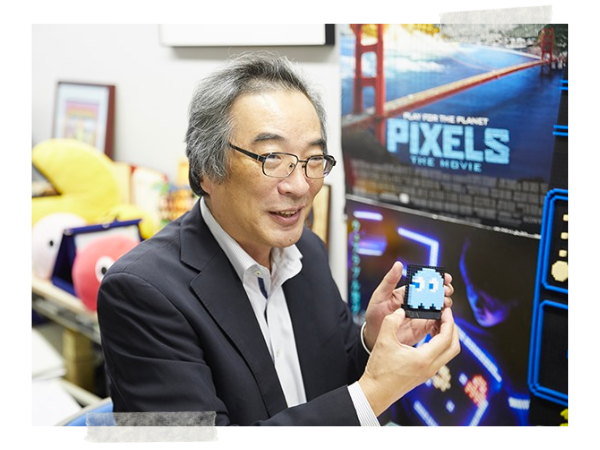
2022-2023: The Iwatani Cohort
Last, but definitely not least, we arrive at the Iwatani cohort. The Iwatani cohort was named after Japanese video game designer, Toru Iwatani, AKA the man behind Pac-Man! When working for Namco, Iwatani wanted to create a new non-violent video game that would “diversify the world of gaming and make it more appealing to more people” (Wonderopolis.org). Thus, Pac-Man was born and immediately was a best-selling hit.
You’ve reached current day, where we are still searching for our “J”, “K”, and “L” cohort names – though, we do have a few ideas. Thanks for traveling along this tech-talk journey with us!
Interested in joining our next cohort? Find more information here.


